BREAKING: Marco Rubio Ends Jasmine Crockett’s Career With One Sentence — And What Happened Next Leaves Washington Stunned! Viet
BREAKING: Marco Rubio Ends Jasmine Crockett’s Career With One Sentence — And What Happened Next Leaves Washington Stunned!
It began as just another late-night Capitol hearing. Cameras hummed, aides whispered, and the political temperature in Washington sat at its usual slow boil. But within minutes, the calm shattered. Senator Marco Rubio leaned forward, eyes locked on Representative Jasmine Crockett, and delivered a line that would ricochet across the nation within hours.
No shouting. No theatrics. Just one sentence — calm, cold, and lethal.
“Truth doesn’t fear your reflection.”
For a few seconds, the entire chamber froze. Crockett blinked, searching for a retort that never came. What unfolded after that moment was not just another political clash — it became

The Viral Moment That Broke the Internet
By dawn, the clip had already surpassed 30 million views. “Six seconds of silence,” one headline read. Others called it “the political knockout of the year.” Even neutral anchors admitted the exchange felt “scripted for television — but painfully real.”
It wasn’t just the words. It was what came after.
When Crockett finally responded, her voice cracked slightly — a tiny tremor that social media interpreted as defeat. Within minutes, memes, edits, and even AI-generated reenactments flooded TikTok and X. Influencers who’d never discussed politics suddenly had opinions. Newsrooms scrambled to verify
The uncut video, published anonymously on a small whistle-blower-style website, showed a heated exchange between aides just seconds before Rubio’s statement. Someone off-camera whispered, “Say it now — it’s the perfect time.”
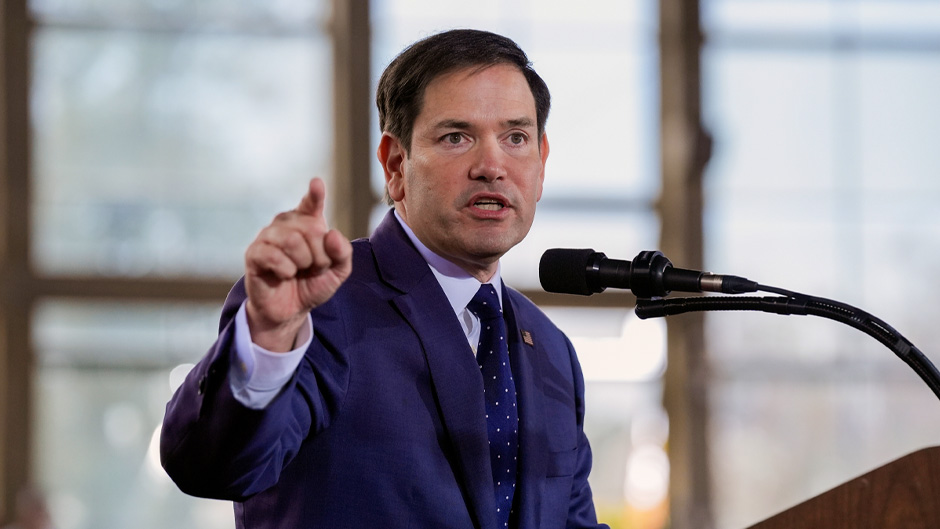
No one could tell who said it. But that was enough to spark the first rumor: that Rubio’s devastating sentence hadn’t been spontaneous at all — but a move planned behind closed doors.
Inside Sources Speak
Two senior staffers, speaking under condition of anonymity, told reporters that the tension between Rubio and Crockett had been simmering for weeks.
“She accused him of being a ‘plastic politician,’ someone who hides behind charm and image,” one staffer said. “He felt she crossed a line — and he wanted to remind everyone that image fades, but truth doesn’t.”
Others described how Rubio’s communications team had gone silent for nearly three days before the hearing, refusing to share his prepared remarks even with allied senators.
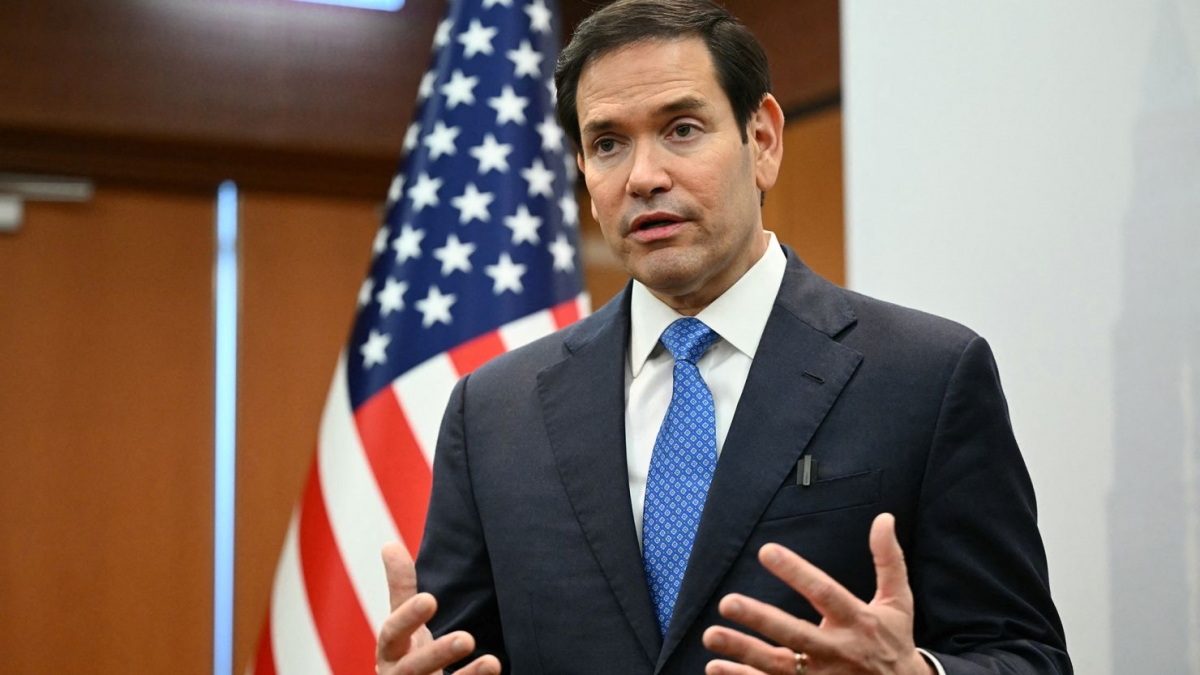
“He was writing something,” one aide revealed. “He said he wanted every word to
By the time he entered the chamber, those closest to him claimed they sensed something unusual. “He was calm, but too calm,” a Senate photographer recalled. “Like a man rehearsing for a moment he already knew would happen.”
The Sentence Heard Round Washington
Political analysts immediately dissected Rubio’s six-word statement. Some argued it was poetic. Others called it manipulative. But nearly everyone agreed: it changed the tone of the debate.
CNN’s evening panel described it as “a turning point in political theater,” while conservative commentators hailed it as “a masterstroke.” One host even claimed, “He ended a career with one line — no insults, no shouting, just precision.”
But in the days that followed, things turned darker.
The Leaked Files
Late Thursday night, an encrypted email landed in several journalists’ inboxes. It contained internal communications allegedly from staffers within Crockett’s office — including drafts of statements that were never released. One message read:
“We can’t confirm or deny the audio. Tell her to stay quiet until legal reviews it.”
The mysterious leak also included a voice memo labeled “Hallway 3-B, October 9.” The short audio captured what sounded like two congressional aides discussing “how to bait him into saying something public.” The authenticity of the recording has never been verified, but its mere existence sent news outlets into a frenzy.

By Friday morning, hashtags like #RubioLeak, #Hallway3B, and #NoAccident were trending simultaneously.
Crockett’s Collapse
Inside her camp, panic set in. According to insiders, Crockett canceled all media appearances and instructed her team to “reset the narrative.” But Washington doesn’t reset — it feasts.
Former allies began distancing themselves. A progressive PAC quietly pulled scheduled ad buys featuring Crockett’s endorsement. The talk-show circuit, once her safe haven, filled its segments with speculation instead of support.
One Democratic strategist, speaking anonymously, admitted: “It wasn’t just the line. It was how she reacted. In D.C., weakness smells like blood.”
By Sunday, op-eds were already calling for “new voices” to replace her on key committees. Others warned against “weaponizing embarrassment,” noting that public shaming had become the new political assassination.
Behind the Curtain: Who Leaked What?
The mystery of the leaks deepened when a cybersecurity firm claimed the files had been uploaded from an internal congressional server — not an external hack. That revelation suggested someone
A Republican staffer told Capitol Insider magazine: “People think politics is about ideology. It’s not. It’s about timing. And whoever leaked that tape had perfect timing.”
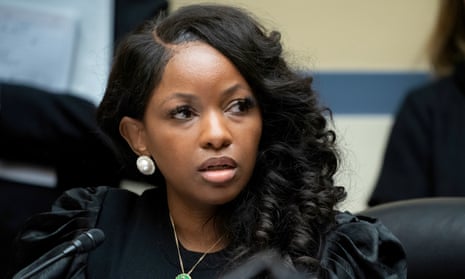
Meanwhile, a small but growing group of independent journalists began connecting dots between the leak and a private consulting firm that had recently changed ownership — one reportedly tied to a former campaign advisor who’d worked for both parties.
It was messy. It was murky. And it was exactly the kind of intrigue Washington thrives on.
The Emotional Fallout
Crockett resurfaced a week later in a local Dallas interview, visibly shaken but defiant. “People think a single sentence can erase years of work,” she said. “It can’t. I’m still here, and the truth isn’t done with them yet.”
Yet even her words seemed to fade under the weight of viral commentary. Commentators dissected her tone, body language, even her choice of outfit. In a world obsessed with optics, sincerity rarely stands a chance.
Meanwhile, Rubio stayed silent — completely silent. No tweets, no press conferences, no follow-ups. The silence itself became part of the legend.
“It’s psychological warfare,” one media scholar observed. “He said six words, then vanished. The absence becomes power.”
October 2025: The Month Washington Cracked
The scandal came at a volatile moment. The government was battling budget gridlock, the media was under scrutiny for AI-generated misinformation, and public trust had plummeted to record lows. The Rubio-Crockett clash became a metaphor for the entire system — words replacing policy, perception replacing truth.
Across talk shows and podcasts, the question echoed: Was Rubio the hero who exposed hypocrisy, or just another player in a deeper game?
One anonymous senator told The Atlantic Wire
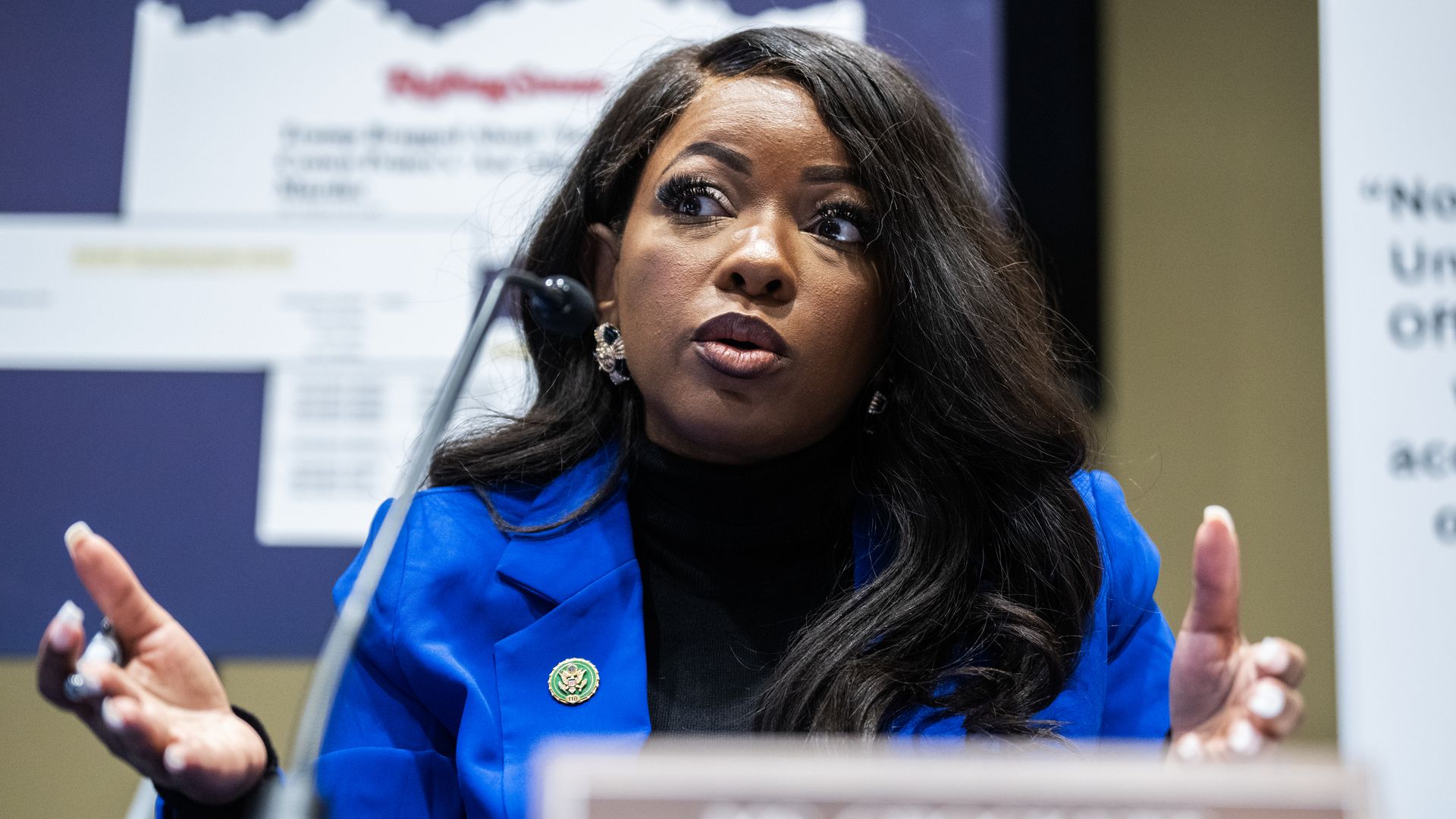
That line alone was enough to fuel weeks of speculation about back-room deals, buried rivalries, and the quiet influence of donors shaping narratives behind the scenes.
The Forgotten Draft
In mid-October, yet another twist emerged. A former Capitol intern leaked what she claimed was a draft of Rubio’s intended closing statement — longer, more personal, and far less devastating. The draft ended with:
“We argue because we care. We fight because this nation deserves better.”
Why did he scrap it? No one knows. Some say his advisors told him to go harder. Others believe he saw an opportunity — a single moment to seize the spotlight while his opponents scrambled.
Whatever the reason, that decision changed everything.
The Media Divide
Major networks split along predictable lines. Conservative outlets praised Rubio for exposing “performative politics.” Liberal commentators condemned him for “bullying disguised as eloquence.”
But the real battle wasn’t between parties — it was between truth and narrative.
A leaked memo from a major newsroom later revealed an editorial directive: “Push the character angle. Emotion drives clicks.”
The memo caused a brief uproar online before vanishing — quietly deleted within hours.
Behind Closed Doors
Sources later claimed that several senior lawmakers held an off-record meeting to discuss the “Crockett Controversy,” fearing it could set a precedent for weaponizing viral culture in politics. One aide described it as “the most uncomfortable silence I’ve ever witnessed in that room.”
As one senator reportedly put it: “We’re not running a government anymore. We’re running a livestream.”
The Sentence That Lingers
Weeks later, the moment still refuses to die. College debate clubs analyze it. Journalists quote it. Even AI chatbots have begun referencing it in political role-plays. The six words have become shorthand for public humiliation in the age of viral politics.
Yet beneath the memes and headlines, something deeper is happening — a reckoning with how easily perception can destroy careers, how silence can be louder than scandal, and how truth, in Washington, is often a matter of who speaks last.
The Final Twist
In late October 2025, a congressional whistle-blower submitted a report alleging “orchestrated manipulation of public narratives” involving both parties. The report didn’t name Rubio or Crockett directly but described a coordinated effort by “multiple communications teams” to seed content on social media ahead of live hearings — effectively scripting virality before it happened.
The document, now under federal review, may never see daylight. But one quote from the report leaked almost immediately:
“The biggest illusion in politics isn’t the lie — it’s the moment you believe it wasn’t planned.”
For many, that single line echoed back to Rubio’s fateful sentence. For others, it confirmed what they’d long suspected — that in Washington, every silence is strategic, every scandal rehearsed, and every downfall designed.
Epilogue: Power, Optics, and the New Reality
By November, the storm began to fade. Crockett’s future remains uncertain; her public image bruised but not broken. Rubio, on the other hand, has seen a quiet resurgence — fundraising spikes, media invitations, and whispered talk of higher office.
Yet behind the curtain, nothing is truly settled. Emails continue to surface, staffers continue to resign, and the digital trail keeps expanding.
Washington has learned once again that a few words — delivered at the right time, in the right tone — can shift an entire nation’s focus.
Six words. One sentence. A career on the line.
And a country still holding its breath, wondering what was planned… and what was real.
The Charlie Kirk tragedy is only just beginning — the second suspect remains at large, while a DARK MESSAGE has sent shivers across the entire United States!.ABC

The Charlie Kirk tragedy is only beginning. Across the United States, people are holding their breath as authorities reveal that the second suspect is still on the run.
The nation was sent into a state of panic after a DARK MESSAGE surfaced, one that has left even seasoned investigators unsettled. The chilling words hint at motives that go far beyond a simple crime, suggesting a web of deception and danger that no one could have imagined.
From the very first moments, eyewitnesses described a scene of chaos. Panic-stricken citizens called emergency lines, reporting sounds and movements that seemed almost surreal.
Yet, as officials pieced together the timeline, new details began to emerge—details that challenge everything Americans thought they knew about this case.
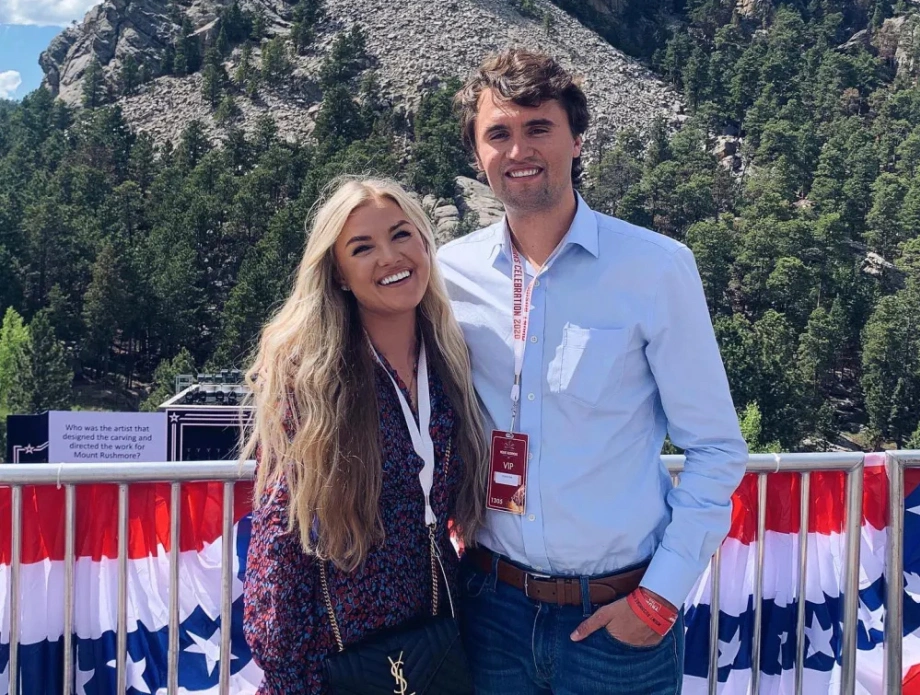
Every new detail about Charlie Kirk’s case has only made the story more complicated. Investigators have revealed layers of unexpected twists—sudden movements, unexplained absences, and suspicious communications—that paint a picture far more intricate than initially assumed. People are questioning their safety, wondering if this is merely the first domino in a series of unfolding events.
Social media has erupted with speculation. Posts, videos, and leaked documents circulate endlessly, each claiming to expose new facets of the tragedy. Legal experts, meanwhile, are examining the case for hidden motives and potential conspiracies, pointing to contradictions in witness statements and puzzling evidence that seems deliberately misleading.
Central to the nation’s fear is the mysterious message linked to the incident. Though its origin remains unconfirmed, the content has sparked widespread concern.
Experts note that the tone, phrasing, and timing of the message suggest more than a warning—it could be a harbinger of further attacks, or even a psychological operation aimed at destabilizing public trust.
Authorities have urged the public to stay vigilant. Security measures have intensified across multiple states, and the hunt for the second suspect has become the top priority. Meanwhile, debates rage online about the authenticity and potential implications of the message, fueling anxiety and confusion.
Law enforcement agencies are working tirelessly, piecing together a complex puzzle. Surveillance footage, digital trails, and eyewitness accounts are being analyzed in a race against time.
Each lead offers potential insight, but also raises new questions: How did the second suspect evade capture? Are there accomplices at large? What was the ultimate objective behind this carefully orchestrated event?
Meanwhile, the public’s curiosity and fear have fueled a relentless cycle of speculation. Online platforms overflow with theories—some credible, some entirely fabricated—each contributing to the mounting tension.
The Charlie Kirk tragedy is only beginning. Across the United States, citizens are on edge as authorities confirm that the second suspect remains at large. Panic gripped the nation after a DARK MESSAGE surfaced, sending shivers down the spine of anyone who read it. Its ominous wording hinted at motives far beyond a simple crime, suggesting a web of deception, danger, and a chilling plan few could imagine.
From the very first moments, eyewitnesses described a scene of chaos. Emergency lines were flooded with frantic calls reporting strange movements and terrifying sounds. Authorities raced against time to piece together the timeline, revealing new details that challenged everything Americans thought they knew about this tragedy.

As more information emerged, it became clear that Charlie Kirk’s case was more than a straightforward incident. Layers of unexpected twists were revealed—suspicious absences, unexplained communications, and strange patterns that pointed to something larger. The public wondered if this was merely the beginning of a domino effect that could escalate into a series of disastrous events.
Social media erupted. Videos, posts, and leaked documents circulated endlessly, each claiming to reveal a hidden piece of the puzzle. Legal experts weighed in, highlighting contradictions in witness statements, odd timelines, and unexplained evidence that hinted at a deliberate orchestration behind the chaos.
At the heart of the nation’s anxiety was the mysterious DARK MESSAGE. Though the origin remains unconfirmed, its content sparked widespread concern. Experts analyzing the message pointed out that its tone, timing, and phrasing suggested more than a simple warning—it appeared to be a harbinger of further events or even a psychological operation aimed at creating fear and uncertainty nationwide.
Authorities urged vigilance. Security measures intensified across multiple states, and the search for the second suspect became the top priority. Online debates about the message’s authenticity only fueled anxiety, with some claiming it was a direct threat, while others believed it was designed to manipulate public perception.
Law enforcement agencies worked tirelessly, assembling a complex puzzle. Surveillance footage, digital traces, and eyewitness accounts were analyzed in a race against time. Every new lead offered potential insight but also raised new questions: How did the second suspect escape? Are there accomplices involved? And what was the ultimate goal behind this calculated act?
Meanwhile, the public’s fear and curiosity fueled speculation. Social media overflowed with theories—some grounded in fact, others entirely fabricated—adding layers of tension and uncertainty.
As news spread, ordinary Americans began to feel the weight of uncertainty. Neighborhood watch groups increased patrols, schools implemented emergency drills, and citizens shared tips online, hoping to prevent further tragedy. Media outlets amplified the story with non-stop coverage, broadcasting clips of the chaotic scenes and interviews with witnesses.
The DARK MESSAGE and the ongoing manhunt created a sense of collective paranoia. Every unexplained sound, every shadow in the night, became a potential sign of imminent danger. Americans questioned whether it was truly safe to leave their homes, and communities were gripped by fear that this incident might only be the beginning of a much larger crisis.
Investigators revealed that the case involved a series of complex digital communications, suggesting coordination between multiple individuals. Forensic experts analyzed phone records, emails, and social media accounts, uncovering patterns that hinted at a broader conspiracy.
Legal analysts speculated on potential motives. Was this a personal vendetta, a financial scheme gone wrong, or something even more sinister? Each theory added more intrigue to the narrative, keeping the public and the media on edge.
The story of Charlie Kirk quickly became a viral phenomenon. Online platforms were flooded with hashtags, trending topics, and conspiracy theories. Some users claimed to have insider information, others posted dramatic reenactments of the events, while commentators debated the possible outcomes.
Memes and videos circulated alongside serious analyses, creating a mix of fear, fascination, and misinformation. Experts warned that while social media helped spread awareness, it also risked amplifying panic and creating confusion about what was factual and what was fabricated.
Political leaders, celebrities, and public figures weighed in, expressing shock, condolences, and calls for justice. Community leaders organized vigils, and citizens across the country lit candles in remembrance of Charlie Kirk, showing solidarity in the face of tragedy.
Despite these gestures, anxiety lingered. The second suspect remained unaccounted for, and the DARK MESSAGE continued to unsettle the nation. Americans grappled with the unsettling thought that this may only be the beginning of a more dangerous series of events.

Analysts offered a wide range of interpretations. Some argued the DARK MESSAGE hinted at a larger criminal network, while others suspected psychological manipulation aimed at inciting fear. Online forums buzzed with amateur sleuths dissecting every leaked document and photo, attempting to connect dots that authorities had not yet confirmed.
Experts cautioned that while speculation was natural, it was crucial to rely on verified information to avoid spreading misinformation. Nevertheless, the tension and intrigue surrounding the case continued to grip the nation.
Despite extensive investigations, many questions remained. Who exactly was behind the DARK MESSAGE? What was the full extent of the conspiracy? How would the authorities finally apprehend the second suspect? And perhaps most pressing, would this tragedy mark the beginning of a series of dangerous events that could destabilize communities across America?
Authorities pledged to provide answers, but the public remained anxious. Every update was dissected, every statement scrutinized, and every new piece of evidence became part of an ever-growing narrative that captivated millions.
As the story unfolded, one thing became clear: Charlie Kirk’s tragedy had become more than an isolated event. It had become a symbol of uncertainty, fear, and the complex challenges facing modern America. Citizens watched and waited, knowing that the situation was far from resolved, and that the lessons of this case could shape the nation’s approach to security, trust, and vigilance for years to come.
With the second suspect still at large and the DARK MESSAGE continuing to unsettle the public, Americans remained on edge—aware that the nightmare was far from over.
The Charlie Kirk case stands as a chilling reminder of how a single event can ripple across a nation. From the chaos of the initial incident to the mysterious DARK MESSAGE, the unfolding investigation, and the public’s reaction, it is a story of fear, uncertainty, and human resilience.
While authorities continue to search for the second suspect and uncover hidden motives, the nation watches closely, united in shock, curiosity, and a collective hope that justice will ultimately prevail.





